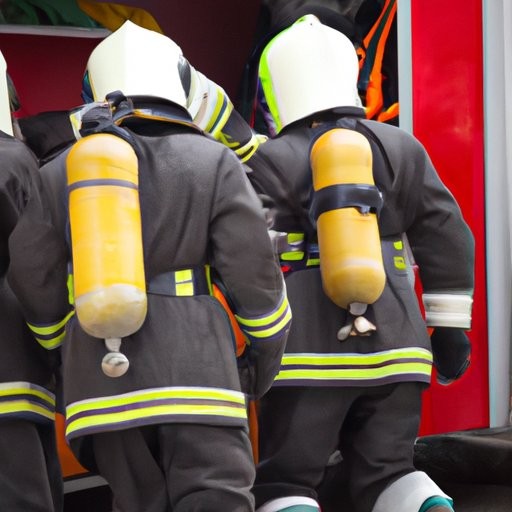Understanding PFAS: Future Regulations for Firefighting Foam Safety
Firefighting foam, especially Aqueous Film-Forming Foam (AFFF), is essential for extinguishing fuel fires rapidly. However, the presence of Per- and Polyfluoroalkyl Substances (PFAS) in these foams has raised health and environmental concerns. As awareness increases, regulatory bodies are moving towards stricter controls on these foams. This article explores potential future regulations and their impact on safety.

Why Are PFAS in Firefighting Foams a Concern?
PFAS are synthetic chemicals renowned for their persistence in the environment and human body, often referred to as "forever chemicals." They have been associated with health issues such as cancer, liver damage, and immune system problems. The use of AFFF containing PFAS at military bases, airports, and fire stations has led to soil and groundwater contamination, posing risks to human health and the environment.
Firefighters are at significant risk due to their exposure to AFFF. Studies show that firefighters have higher PFAS levels in their blood than the general population, increasing their risk of health problems. Consequently, there is a growing demand for regulations to mitigate these risks and protect both firefighters and the environment.
What Could Future Regulations Look Like?
Regulatory agencies, such as the Environmental Protection Agency (EPA), are developing guidelines to limit PFAS exposure from firefighting foams. These regulations may include restrictions on the manufacturing and use of PFAS-containing foams, requirements for safer alternatives, and guidelines for the disposal and cleanup of contaminated sites. The EPA has already issued health advisories for certain PFAS compounds in drinking water, and similar actions for firefighting foams are anticipated.
In addition to federal regulations, several states have proactively addressed PFAS contamination. For instance, some states have banned PFAS-containing foams for training purposes and mandated the transition to fluorine-free alternatives. These state-level actions could serve as a model for nationwide regulations, encouraging manufacturers to innovate and develop safer firefighting solutions.
FAQs About Future Regulations for Firefighting Foam Safety
What are PFAS, and why are they used in firefighting foams?
PFAS are man-made chemicals valued for their water and grease-resistant properties. In firefighting foams, they help create a film that suppresses fuel vapors and extinguishes fires quickly. However, their persistence and potential health risks have led to increased scrutiny and calls for regulation.
How might new regulations impact firefighting practices?
New regulations could lead to the adoption of alternative foams that do not contain PFAS, requiring changes in firefighting tactics and training. Fire departments may need to invest in new equipment and training programs to comply with these regulations while ensuring effective fire suppression.
Are there alternatives to PFAS-containing firefighting foams?
Yes, several fluorine-free foams have been developed as alternatives to PFAS-containing foams. These alternatives aim to provide effective fire suppression without the associated health and environmental risks. However, their performance and cost-effectiveness compared to traditional foams are still under evaluation.
What legal actions have been taken against PFAS manufacturers?
Numerous lawsuits have been filed against manufacturers of PFAS and PFAS-containing products, including firefighting foams. These legal actions often focus on contamination of water supplies and health impacts on affected communities. Settlements and court decisions in these cases could influence future regulations and industry practices.
How can communities protect themselves from PFAS contamination?
Communities can advocate for regular testing of local water supplies and support initiatives to clean up contaminated sites. Staying informed about state and federal regulations and participating in public discussions about PFAS risks can also help communities address and mitigate contamination issues.
Take Action: Stay Informed About PFAS Regulations
As of May 2025, U.S. law still requires careful monitoring of PFAS in firefighting foams. It is crucial for stakeholders, including firefighters, manufacturers, and community members, to stay informed about new developments. Understanding these regulations can help ensure compliance and promote safer practices. By advocating for effective regulations and supporting the transition to safer alternatives, we can protect both public health and the environment across the United States.



